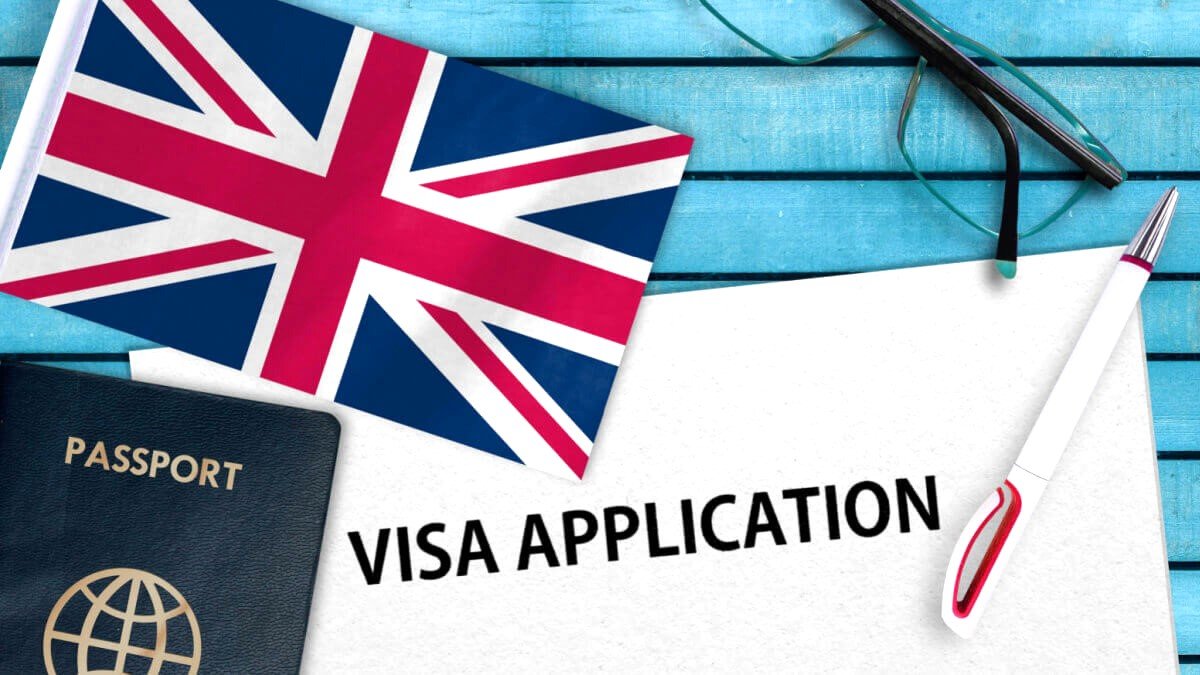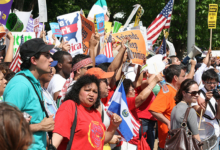Visa Applications Made Simple: Navigating Immigration Procedures

When it comes to visa applications, the first step is understanding what they are and why they’re required. A visa is a permit allowing you to enter, stay, or leave a country for a specified period and purpose. There are various types of visas depending on your purpose of travel, such as work visas for employment, tourist visas for leisure trips, and student visas for educational pursuits.
Preparing Your Documents
Before diving into the application process, ensure you have all the necessary documents in order. These typically include a valid passport, proof of sufficient funds to support your stay, and documentation related to the purpose of your visit, such as a letter of invitation for business trips or acceptance letters for educational purposes.
Read More: 7 Questions to Ask Before Hiring a Competent Immigration Lawyer
Choosing the Right Visa
One of the crucial steps is selecting the appropriate visa type for your needs. For example, if you’re planning to work abroad, you’ll need a work visa that aligns with your job offer. On the other hand, if you’re exploring a new country for leisure, a tourist visa would be suitable. Students embarking on academic journeys should apply for student visas.
Completing the Application
Once you’ve gathered all the required documents, it’s time to fill out the visa application form. Depending on the country and visa type, you can complete the form online or submit a paper application. Ensure that you provide accurate information to avoid delays or rejections.
Submitting Your Application
After completing the application, you’ll need to pay the necessary fees and schedule a visa interview if required. The interview is an opportunity for immigration officials to verify your information and assess your eligibility for the visa. Be prepared to answer questions related to your travel plans, finances, and purpose of visit.
Waiting for Approval
After submitting your application and attending the interview, the waiting game begins. Visa processing times vary depending on the country and visa type. It’s essential to track your application status and follow up if there are any delays or additional requirements requested by the authorities.
Dealing with Rejections
In some cases, visa applications may be rejected for various reasons, such as incomplete documentation or insufficient funds. If your application is denied, don’t lose hope. By offering more details or addressing the reasons given by the immigration authorities for the decision’s rejection, you can appeal it.
Conclusion
Navigating immigration procedures can seem daunting, but with proper preparation and understanding of the process, you can simplify visa applications. Remember to gather all required documents, choose the right visa type, fill out the application accurately, and stay updated on your application status. Following these steps will enhance your chances of a successful visa approval.
FAQs About Visa Applications
- What documents are typically required for a visa application?
- Passport, proof of funds, and purpose of visit documentation.
- How do I choose the right visa type?
- Consider your purpose of travel (work, tourism, or study) and align it with the appropriate visa category.
- What should I do if my visa application is rejected?
- Review the reasons for rejection, provide additional information if needed, and consider appealing the decision.
- How long does it take to process a visa application?
- Processing times vary but can range from a few weeks to several months, depending on the country and visa type.
- Can I track the status of my visa application?
- Yes, most countries provide online portals or systems to track the progress of visa applications.







